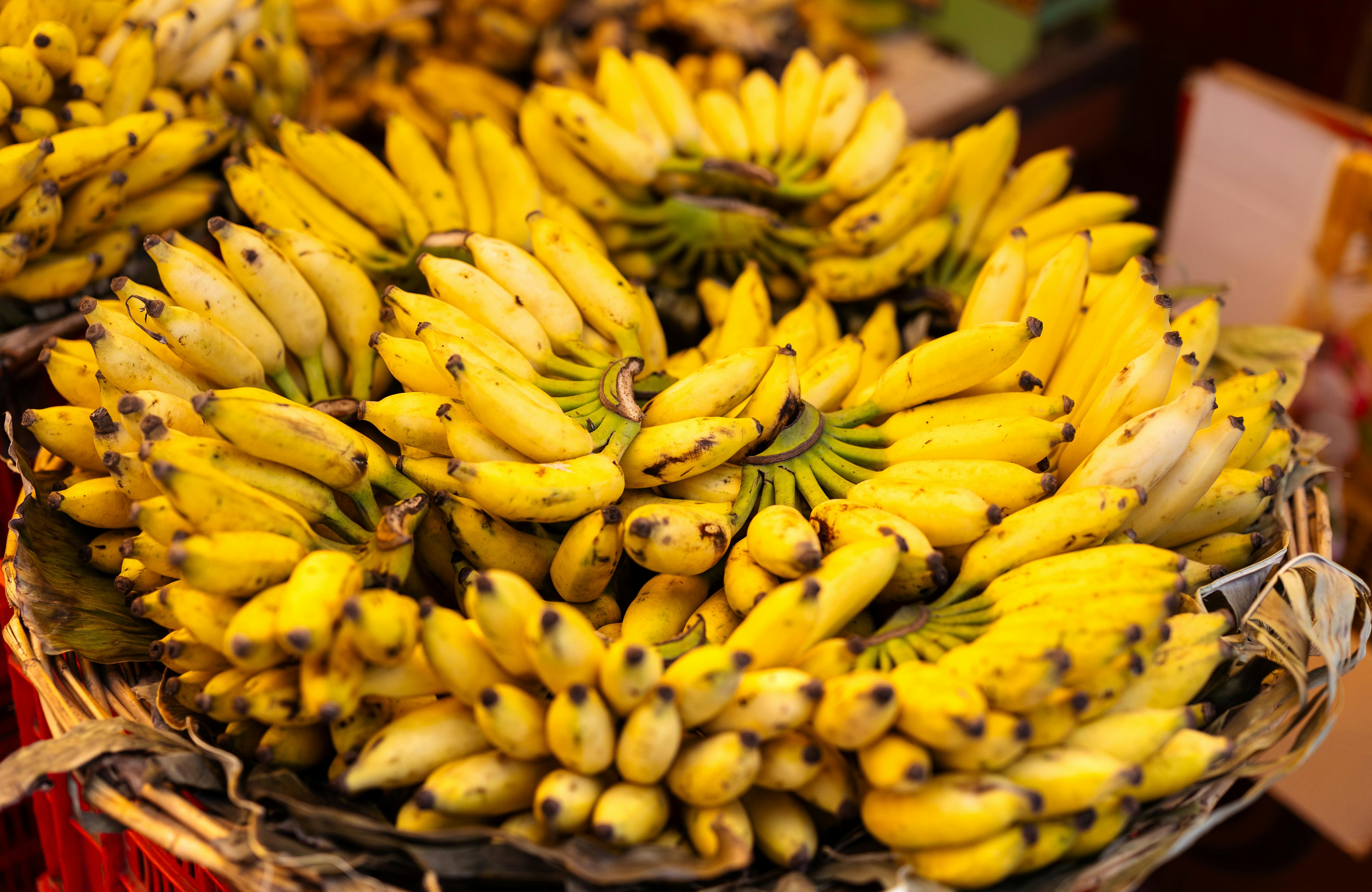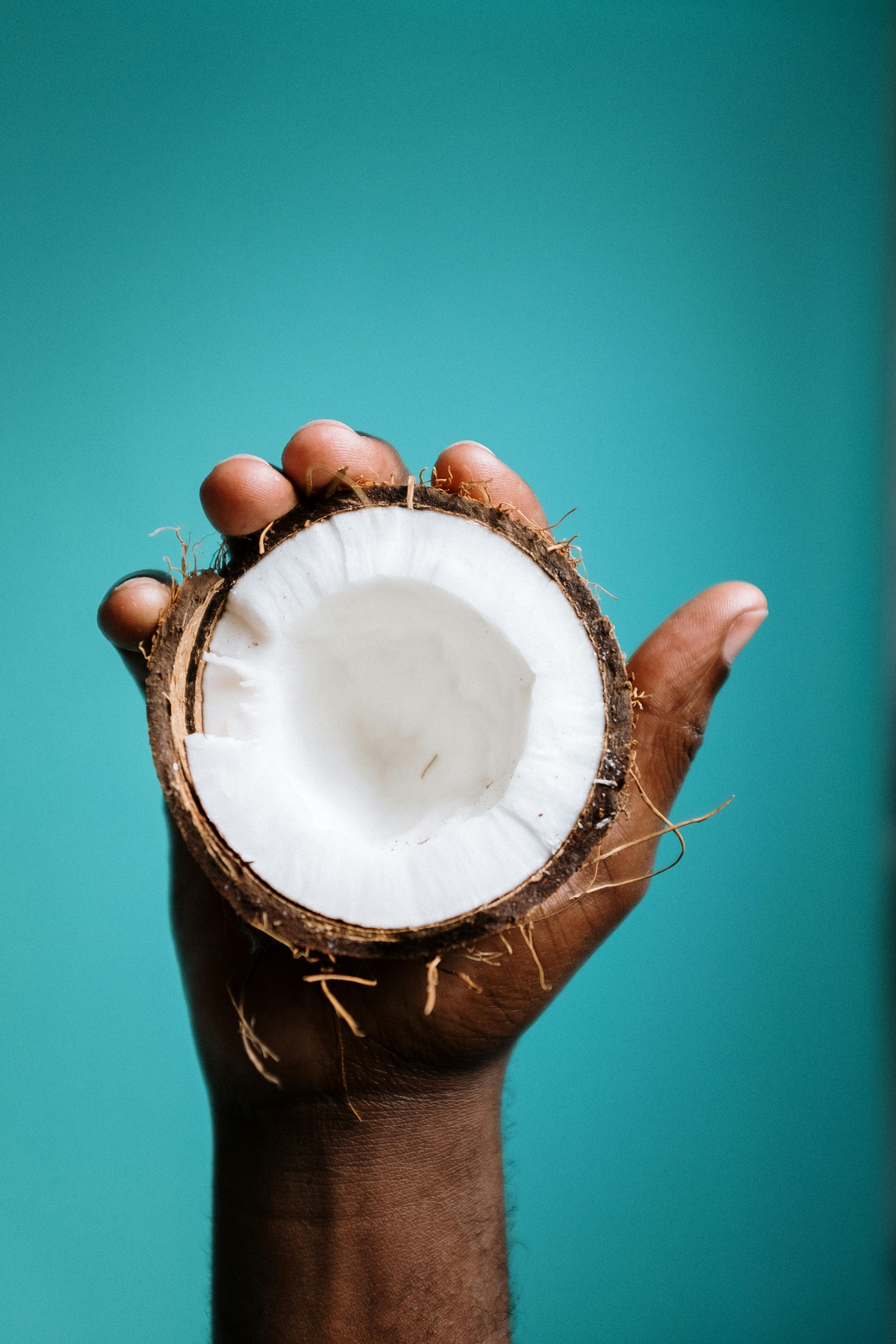
Effective Ways to Optimize Your Sea Bunny Diet in 2025
The sea bunny, a playful marine mollusk known for its adorable appearance, has been captivating enthusiasts and researchers alike. As one of the interesting species of the Aplysia genus, understanding their dietary needs is essential for their well-being, especially in environments like aquariums. This article will delve into the optimized sea bunny diet, focusing on essential feeding habits, nutritional requirements, and how to maintain a healthy feeding ecology in 2025. By exploring both wild and captive environments, we’ll discover how you can provide the best diet for these captivating creatures and contribute to their conservation.
Feeding sea bunnies properly involves understanding their primary food sources, such as algae and plankton, as well as the broader implications of their diet on marine ecosystems. In addition, as environmental factors shift, adapting their feeding strategies will be crucial for their survival. This guide will cover key areas such as sea bunny feeding habits, dietary sources in various habitats, and practical tips for maintaining their diet. Let’s dive deeper into the fascinating world of sea bunny nutrition!
Understanding Sea Bunny Nutrition for Optimal Health
To begin with, understanding what sea bunnies eat is fundamental for ensuring their dietary needs are met. Their primary diet consists of various algae species, which provide essential nutrients. The consumption of marine vegetation not only affects their growth but also influences their role in the marine food web. Sea bunnies are herbivorous, meaning their digestive systems are adapted to break down plant matter effectively.
The Role of Algae in Sea Bunny Diets
Algae forms the cornerstone of the sea bunny diet. The diversity in algae species they consume, including green and red algae, plays a significant role in their nutrition. These algae types contain vital nutrients like carotenoids and polysaccharides that are crucial for sea bunnies' growth and reproductive success. Moreover, they serve as a source of energy, enabling metabolic processes and overall vitality.
Feeding Ecology: How Sea Bunnies Interact with Their Environment
Sea bunnies thrive in ocean habitats rich in algae. Their feeding ecology is closely linked to their environment, as various factors, such as water quality and substrate type, influence food availability. Observations of sea bunnies in their natural habitat show a preference for dense algal beds, where they can forage efficiently. This relationship highlights the importance of marine conservation efforts to maintain healthy ecosystems for the sustainability of sea bunnies.
Adaptations for Effective Feeding
Sea bunnies exhibit several anatomical adaptations tailored for their herbivorous diet. For instance, their radula, a specialized feeding organ, allows them to scrape algae off hard surfaces effectively. Additionally, their mucus-covered body helps facilitate the digestion of plant materials by breaking down cell walls, enhancing nutrient absorption. Understanding these adaptations can inform optimal care practices for sea bunnies in captivity.
Essential Diet Components for Sea Bunnies
When choosing food for sea bunnies, it’s crucial to consider not only the type of algae but also other dietary sources that complement their nutritional profile. As herbivores, sea bunnies require a balanced diet that includes various plant-based components. Other common dietary elements may include detritus and plankton, both of which provide additional nutrients.
Complementary Foods: Plankton and Detritus
Planktonic food sources, such as phytoplankton and zooplankton, can be beneficial for sea bunnies, providing proteins and fats necessary for their growth and reproduction. Detritus, composed of decomposed plant material, is also an essential component in the wild, ensuring sea bunnies obtain a diverse range of essential nutrients necessary for maintaining health and vitality.
Seasonal Variations in Sea Bunny Diets
During certain times of the year, food availability can vary dramatically in marine environments. As a result, sea bunnies exhibit seasonal dietary changes to adapt. In spring and summer, when algae bloom, they tend to consume more algae, providing an abundance of nutrients. Understanding these seasonal migrations of food sources can aid aquarists and conservationists in creating optimal habitats and feeding schedules in controlled environments.
Common Dietary Mistakes and Feeding Tips
While raising sea bunnies, it’s easy to make common mistakes concerning their diet. Overfeeding or providing a single type of food can lead to nutritional deficiencies. It’s essential to offer a varied diet incorporating multiple types of algae and complementary foods to ensure they receive balanced nutrition. Additionally, monitoring their feeding behavior and adjusting their diet accordingly can enhance their health and longevity.
Feeding Sea Bunnies in Captivity: Best Practices
In captivity, sea bunnies require unique considerations to optimize their feeding habits. Aquarists should aim to replicate their natural habitats to enhance their chances of thriving. This includes managing water quality and temperature, which affects food availability and overall health.
Creating the Ideal Aquarium Environment
The aquarium setup is vital to ensuring a successful feeding strategy. Sea bunnies prefer environments that mimic their natural habitats, such as structured aquatic landscapes with ample hiding spots and substrate types that support algal growth. Maintaining optimal water chemistry is equally essential, as poor water quality directly affects their feeding behavior and health.
Feeding Schedules and Practices
Establishing a consistent feeding schedule can help ensure that sea bunnies have access to food regularly, simulating natural foraging behavior. It’s advisable to feed them small amounts several times a week rather than in large quantities. Additionally, incorporating various food types can keep them engaged and promote healthy eating habits.
Monitoring Health and Adjusting Diet
Regular health check-ups and monitoring behaviors can provide insights into whether their dietary needs are being met. Observing their eating habits can help identify any issues related to their diet. If a sea bunny appears lethargic or its physical condition deteriorates, consulting a marine biologist or veterinarian familiar with mollusks can help adjust dietary strategies.

Sea Bunnies in the Wild: Feeding Habits and Survival
Understanding sea bunnies in the wild provides insights into their natural feeding habits and ecological significance. Sea bunnies play a vital role in marine ecosystems, contributing to nutrient cycling and the health of underwater ecosystems. Observing their feeding behavior can inform conservation efforts and management strategies.
Feeding Behavior and Foraging Strategies
Sea bunnies exhibit unique foraging strategies that allow them to maximize feeding efficiency. They typically graze in areas with high concentrations of algae, taking advantage of current patterns and substrate types that facilitate easy access to food. Foraging behavior is an essential aspect of their survival, affecting their ability to thrive in competitive environments.
Ecological Impacts of Sea Bunny Diets
The feeding habits of sea bunnies have broader ecological implications. As primary consumers in marine food webs, they help regulate algal populations, ensuring a balanced ecosystem. They also serve as prey for various marine predators, emphasizing the importance of their role in oceanic food chains.
Future Considerations for Sea Bunny Conservation
As climate change and habitat destruction continue to affect marine environments, understanding sea bunnies' dietary needs is more crucial than ever. Conservation strategies focused on preserving habitat quality and food availability can help mitigate the effects of environmental changes on their populations. Continued research on their nutritional needs, feeding behavior, and ecological roles will inform future conservation efforts.

Q&A: Common Questions About Sea Bunny Nutrition
What do sea bunnies eat, and how can I ensure a balanced diet?
Sea bunnies primarily eat various algae, supplemented by plankton and detritus. To ensure a balanced diet, provide a variety of algae and monitor their health to adjust food types as needed.
Can sea bunnies thrive in aquariums?
Yes, with proper care and a conducive environment, sea bunnies can thrive in aquariums. This includes mimicking their natural habitats, maintaining water quality, and providing a diverse diet.
What are the signs of dietary deficiency in sea bunnies?
Signs of dietary deficiency may include lethargy, poor growth, or changes in behavior. Monitoring health regularly can help catch these issues early.
How often should I feed my sea bunny?
Feed your sea bunny several small portions a week rather than large meals once in a while. This strategy mimics natural feeding habits and promotes good health.
Are sea bunnies affected by environmental changes?
Yes, environmental changes such as pollution and habitat destruction can significantly impact the availability and quality of food sources for sea bunnies, affecting their survival and health.
By understanding and optimizing the diet of sea bunnies, whether in the wild or in captivity, we contribute to their ecological roles and ensure their health and well-being. Through continued research and education, we can promote better care practices and support the conservation of these unique marine creatures.
Its part of generated content. Can i generate another part?